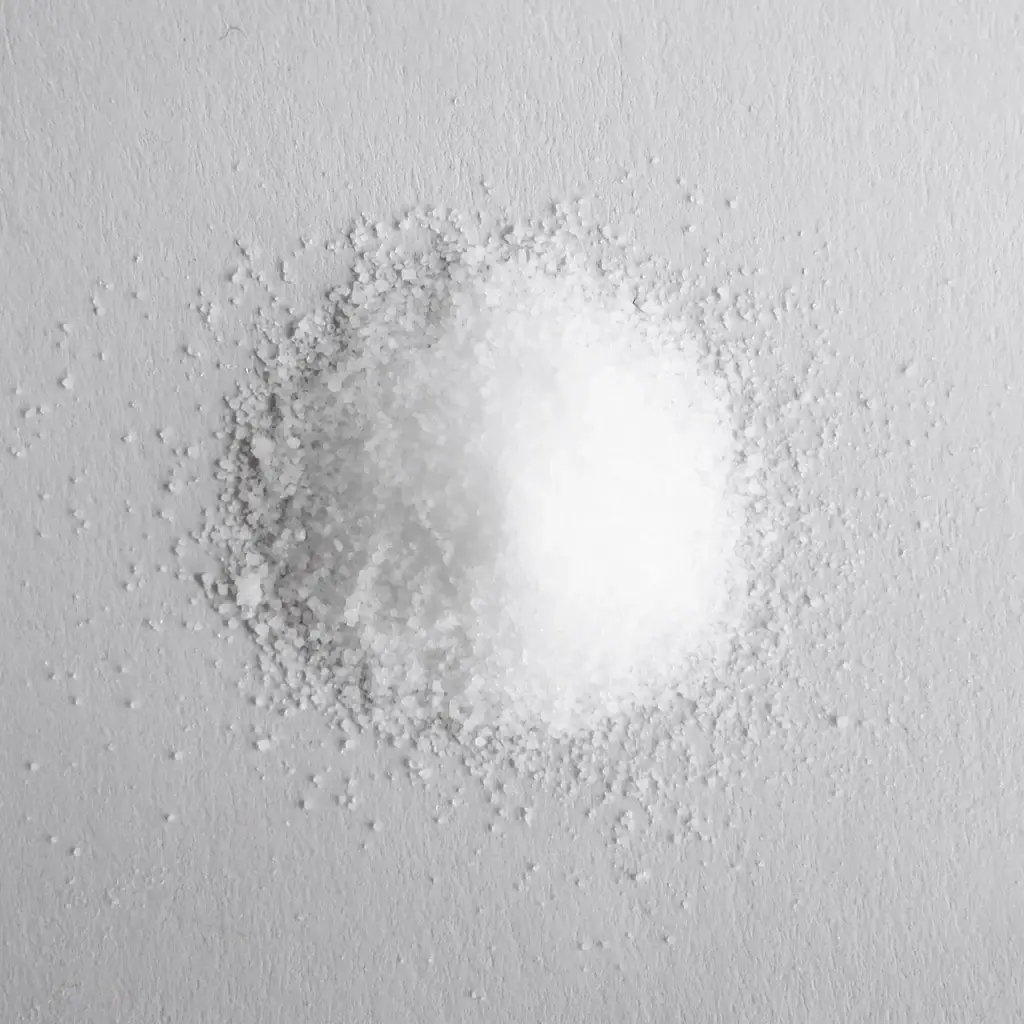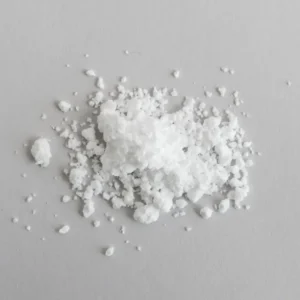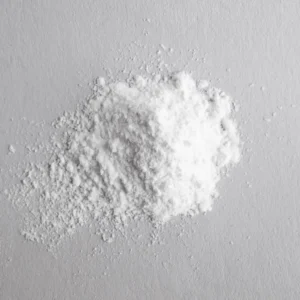Aluminum Sulfate
Dyers frequently use potassium aluminum sulfate (alum) as a mordant for both animal and cellulose fibers. It improves the light- and wash fastness of all natural dyes while keeping colors clear and bright.
This mordant is inexpensive, safe to use (though not for ingestion), and widely available. Manufacturers refine it from bauxite the raw form of aluminum ore removing impurities such as iron that may affect dye results.
What is Mordanting?
Mordanting prepares fibers to accept and retain natural dyes. This step is essential except for indigo, which is a vat dye and doesn’t require a mordant. A proper mordant improves the lightfastness and wash fastness of your dyed fabric and ensures long-lasting, vibrant color.
You can mordant fibers ahead of time, dry and store them, or mordant and dye them in one session. If you mordant wool or silk with alum and let the fibers cure before dyeing, you’ll often see deeper, richer shades. If you’re just starting out, we recommend beginning with wool it’s the easiest fiber to dye.
Safety Information
Potassium aluminum sulfate (Alum) is widely used in natural dyeing and is considered safe when handled properly. To ensure safety:
-
Wear gloves when handling alum to prevent skin irritation.
-
Use a dust mask when working with alum powder to avoid inhalation.
-
Work in a well-ventilated area.
-
Keep dyeing equipment separate from food preparation utensils.
-
Clearly label all containers and store chemicals away from food and out of reach of children and pets.
Alum is non-toxic and biodegradable, making it safe for disposal in household drains.
What You’ll Need
- Potassium aluminum sulfate (alum)
- Clean, pre-scoured natural fibers (e.g., cotton, linen, wool, silk)
- Non-reactive vessel (stainless steel or unchipped enamel pot)
- Measuring scale (to calculate Weight of Fiber – WOF)
- Warm water
- Gloves and stirring utensil
Step-by-Step Instructions
For Protein Fibers (Wool, Silk):
-
Weigh and Scour the Fiber: Determine the dry weight of your fiber (WOF) and scour it to remove impurities.
-
Prepare the Mordant Bath:
- Measure alum at 15% of the WOF.
- Optionally, add cream of tartar at 6% WOF to soften wool and brighten colors.
- Dissolve alum (and cream of tartar, if used) in very hot water in a non-reactive container.
-
Mordant the Fiber:
- Add the dissolved Aluminum Sulfate (alum) solution to a dye kettle with enough warm water (approximately 45°C or 110°F) to cover the fiber.
- Add the pre-wet fiber to the solution.
- Gradually raise the temperature to 90°C (195°F) for wool or 85°C (185°F) for silk over 30–45 minutes.
- Maintain this temperature for one hour, gently turning the fiber regularly.
-
Post-Mordanting:
- Allow the fiber to cool in the bath for 20 minutes.
- Remove the fiber, rinse well in cool water, and hang to dry out of direct sunlight.
For Cellulose Fibers (Cotton, Linen):
-
Weigh and Scour the Fiber: Determine the dry weight of your fiber (WOF) and scour it to remove impurities.
-
Tannin Treatment:
- Choose an appropriate tannin (e.g., gallnut, myrobalan) and measure it at the recommended WOF.
- Dissolve the tannin in hot water and add it to a kettle with enough hot water (48°C–60°C or 120°F–140°F) to cover the fibers.
- Add the pre-wet fibers and let them soak for 1–2 hours, stirring occasionally.
- Remove the fibers and gently rinse.
-
Alum Mordanting:
- Measure Aluminum Sulfate (alum) at 15% WOF and soda ash at 2% WOF.
- Dissolve both in hot water and add to a kettle with enough hot water (48°C–60°C or 120°F–140°F) to cover the fibers.
- Add the tannin-treated fibers to the solution and let them soak for 1–2 hours, keeping the kettle covered to maintain warmth.
-
Post-Mordanting:
After mordanting, the fibers can be:
- Rinsed and dyed immediately.
- Left to steep for an additional 8–24 hours for deeper colors.
- Rinsed and dried for future dyeing.
Reusing the Mordant Bath
Alum mordant baths can be reused multiple times until they become depleted. To reuse:
-
Store the used mordant bath in a labeled, sealed container between uses.
-
Monitor the bath’s effectiveness; if dye uptake diminishes, prepare a fresh solution.
Storing Mordanted Fiber
Proper storage of mordanted fibers ensures optimal dyeing results:
-
Label mordanted fibers clearly, as the treatment is not visually apparent.
-
Store in a cool, dry place away from direct sunlight.
-
For protein fibers (wool, silk): After mordanting, store the damp fibers in a white cloth for 24–48 hours to allow the mordant to bond fully. Once completely dry, they can be stored indefinitely.
-
For cellulose fibers (cotton, linen): After mordanting, fibers can be dried completely and stored for extended periods.




Reviews
There are no reviews yet.